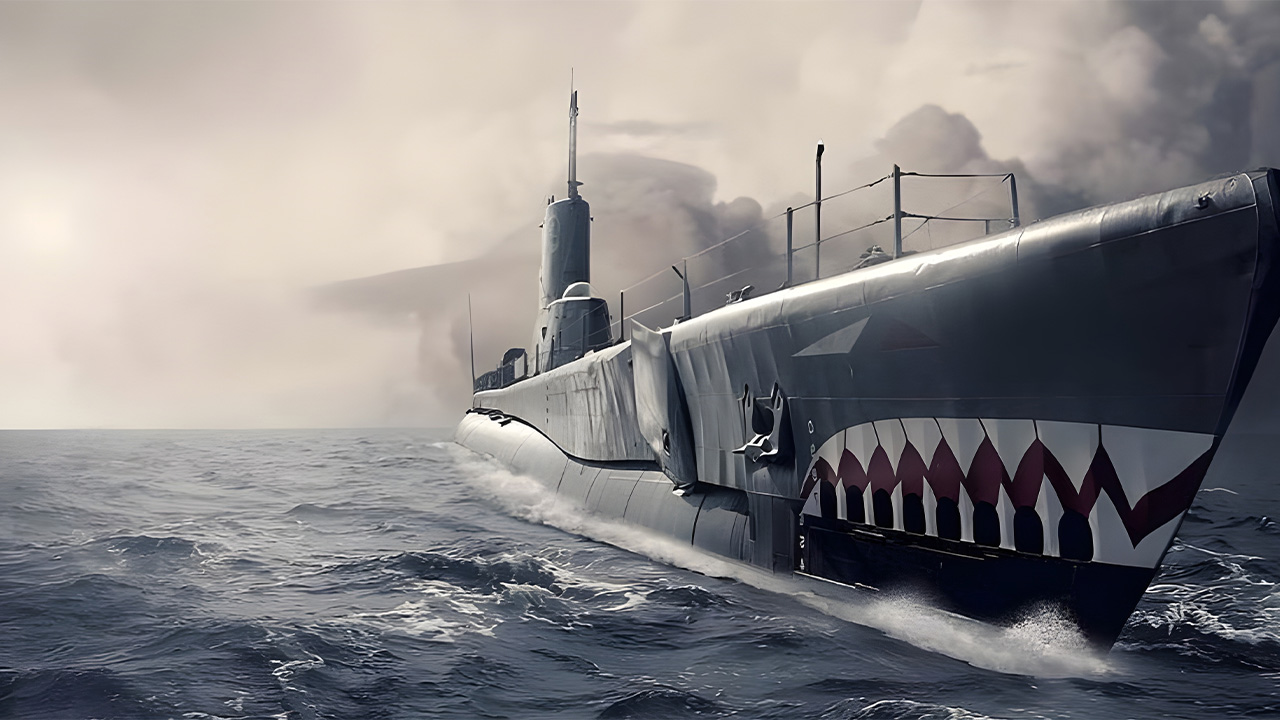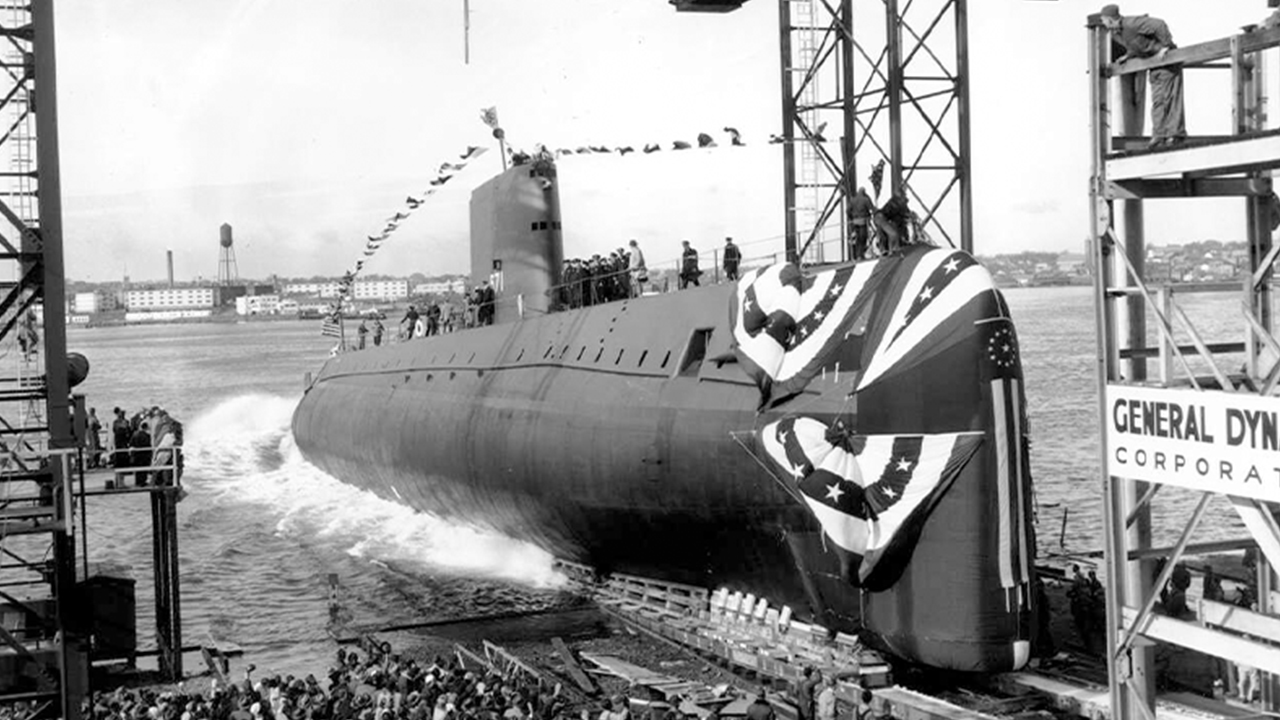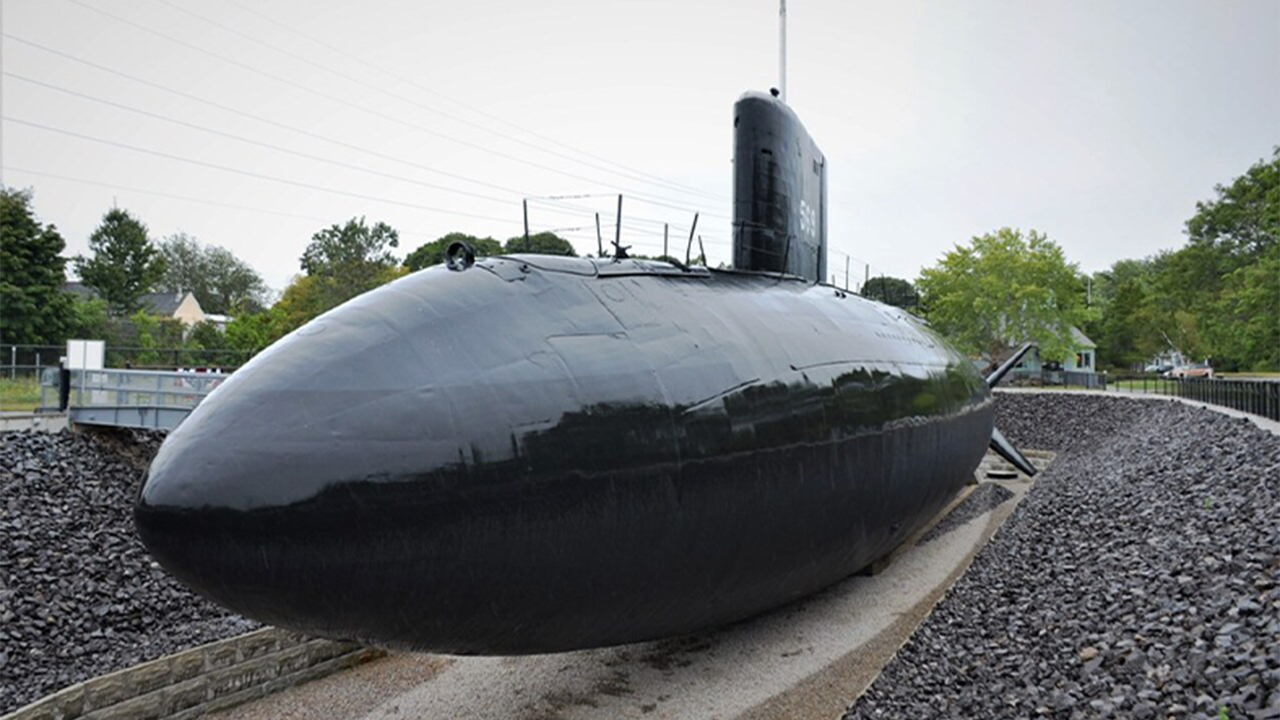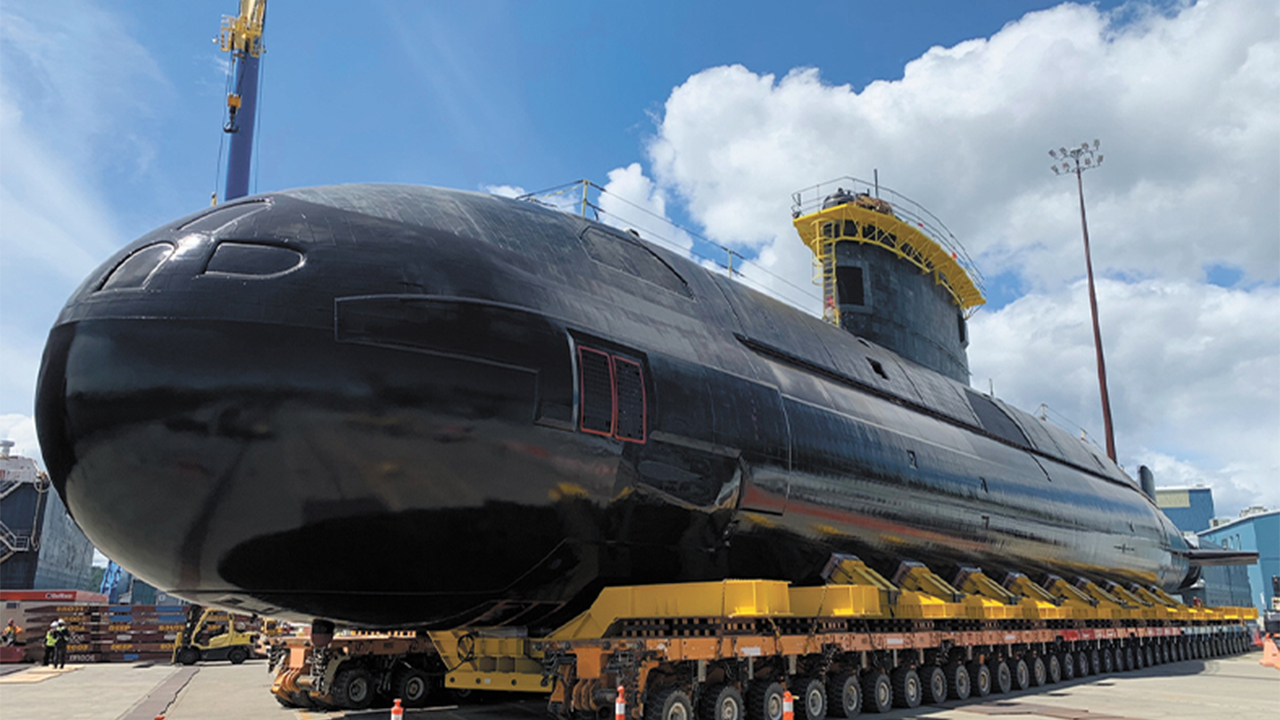Submarines, which move secretly and silently under water, are vehicles used for war and research purposes. However, some questions may bother one’s mind in the design of these magnificent underwater vehicles. We know that their design depends on many factors to facilitate underwater movements and increase their performance, but why is the oval nose especially preferred in submarines?
Before you go to sleep at night, you should also check the noses of submarines. Why isn’t it sharp? Are you one of those who think or are we a little different? Either way, let’s face it, this topic is quite interesting. His answer is just as much as himself. interesting elements It contains.
For example sharks and dolphins, It is among the fastest swimming creatures of the underwater world, isn’t it? It is an inevitable fact that their noses also have an impact on their speed. What if engineers don’t design the noses of underwater vehicles according to fish? So what do they base it on? Let’s take a detailed look together.
Before the Cold War, most submarines had pointed bows.
This is because older submarines, especially when traveling long distances, on the surface rather than underwater The more time they spent, the more they resembled ships. Old submarines are powered by diesel engines because they need fresh air intake They couldn’t stay underwater for long periods of time.
In addition; submarines, after immersion in water It was powered by batteries that powered electric motors. However, the batteries were causing problems because they did not last very long.
While old vehicles can only stay under water for about 12 hours; German designs towards the end of the war, ca. At 5 knots (wind speed) It had reached the capacity to stay underwater for several days.
Old type underwater vehicles moved very slowly under water.
For example An American Balao class submarine Its maximum underwater speed is just under 16.67 km/h; It could reach over 37.04 km when traveling on the surface. Old over long distances by submarines Traveling underwater was not possible.
That’s why they surfaced like ships traveling long distances; go under water, was only for attack or escape. In short, old underwater vehicles mostly had ship-shaped bows because they functioned like ships.
When these vehicles were designed, the focus was on surface performance, not underwater performance.

But then nuclear power emerged and underwater performance, It became an important event. And, as is often the case, submarine designers had to learn the hard way. In the early 1950s, the US Navy was building two unique underwater vehicles that proved to be game changers: USS Nautilus and USS Albacore.
Launched in 1954, USS Nautilus has been used worldwide It was the first nuclear-powered submarine. Nuclear power, submarines from that moment on long distances under water It meant he could make it through. As a result, both speed and endurance increased significantly.

USS Nautilus of the US Navy, 21 January 1954
However, although the Nautilus did not have a smooth ship-shaped bow, It had a semi-pointed bow. The bow was shaped around their ultra-modern sonars. However Nautilus, very noisy Since it was a vehicle, sonars were almost useless.
When is the vehicle? 12.96 km if he moves fast The sonar was deafened by the vehicle’s own noise, rendering it unusable. This problem occurs in the bow and sail, which causes excessive vibrations at high speeds. serious design flaws It was due to.
Diesel-powered USS Albacore; It was the first attempt to design submarines focusing on submerged performance compared to surface performance.

USS Albacore (AGSS-569)
Albacore’s new body shape, “teardrop” It was known as. Launched in 1953 USS Albacore, It went through several revisions in which design elements were changed and tested. During the first sea trials, compared to older Guppy type vehicles at maximum speed with half shaft power It turned out that it could work.
Albacore’s design compared to older ship-shaped designs it was revolutionary because it was much faster and had higher maneuverability. Its top speed was over 46.3 km, and although it was powered by an Albacore diesel, it was faster than the Nautilus. It was much quieter.
The hull design was adapted from the first class of American nuclear attack submarines in 1959. skipjack class and since then on all modern American submarines was used. But all this had a downside, it wasn’t very stable on the surface.
At the same time, the Soviet Union produced its first nuclear underwater vehicle. K-3 put the Leninsky Komsomol into service, This vehicle had an oval bow and proved to be much more efficient than the older ones.
So what makes the oval bow such a good design choice?

The first thing to understand is that underwater vehicles are used during dives. under extreme water pressure is. Modern submarines can dive much deeper than before, diving to over 1000ft with a record 3350ft. This kind of extreme to withstand pressures The geometry of the boat makes a big difference.
from USS Nautilus As learned; The shape of the bow can cause problems with the amount of flow noise produced. If there is too much noise rendering boat sonar unusable can bring. More importantly, it will be much easier to detect a noisy underwater vehicle, which deadly in combat situations it could be.
Curvier bows produce less drag, resulting in less flow noise causes. While a submarine encounters resistance while advancing underwater; flow noise is also affected by the positioning of the dive planes and the general shape of the craft.
Now that you know the answer to this question, you can sleep comfortably at night. 🙂 See you in the comments.
If you are interested in sea and undersea subjects, we can take you below:
RELATED NEWS
When You Learn How Submarines Appeared You Say “Where are you?” You Can’t Help Saying
RELATED NEWS
The Extraordinary Story of the Nazi Submarines Brought to the Black Sea by ‘Land March’ and Now Found Off the Coast of Sakarya
RELATED NEWS
Ocean Waters Are Not Flat as a Sheet, Contrary to What We Thought: No, We Are Not Talking About Waves
RELATED NEWS
Is It Possible to Connect Continents with Bridges Over Oceans? (Of course, if we had unlimited amounts of money)
RELATED NEWS
Why We Could Only Explore 5% of the Oceans, When We Could Even Go to Mars?
RELATED NEWS
Why Did NASA Stop Exploring the Oceans? No, There Is No Mysterious Fact As Claimed In TikTok Videos!
RELATED NEWS
